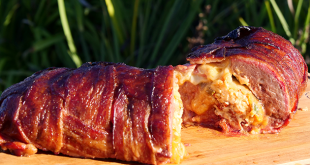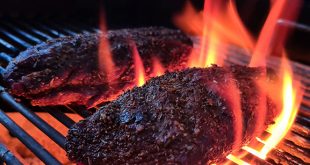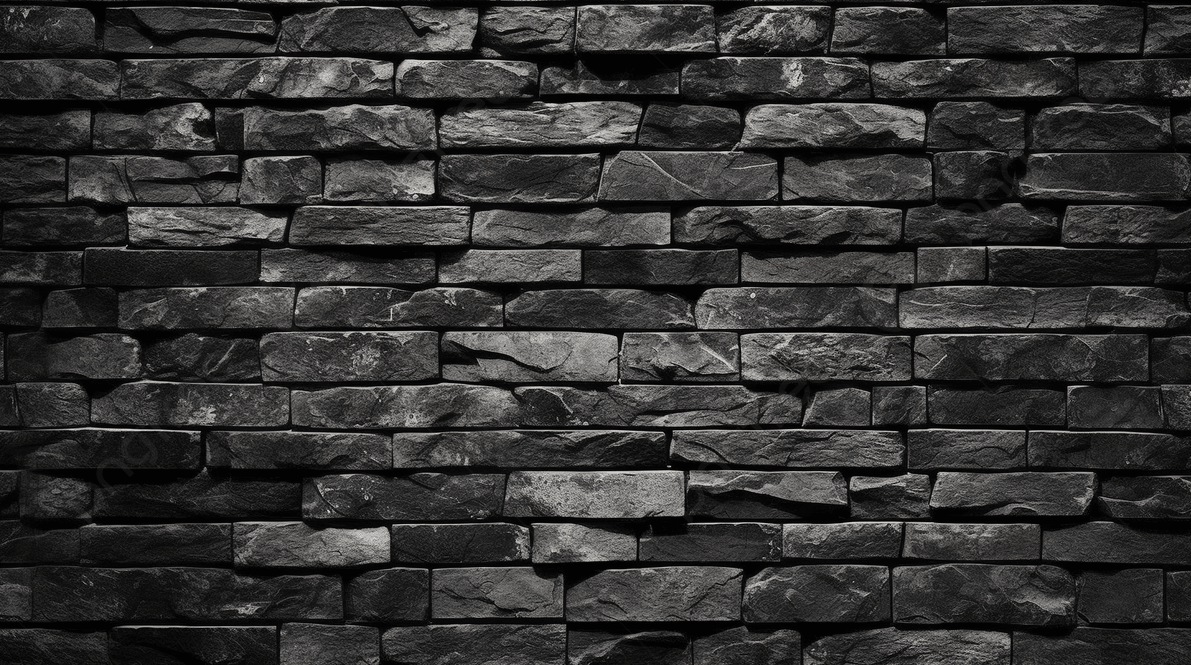We are back!
So last week we covered how to create a workout program and design a split that works for you… this week we’re really getting into some serious cheat codes for how to put on size. We’re covering where the whole no gain-no gain expression comes from, how to break through plateaus, and how to get really advanced with your training right off the bat. We’ve got a lot to talk about so let’s get into it…
No pain, no gain
In no other sport is this expression more accurate than in weight lifting or bodybuilding. You can lift weights five hours a day but if you’re not pushing yourself to become a better version than you were yesterday then you simply aren’t going to see change. Your body needs to be put under enough stress to recognize that it needs to adapt and get bigger and stronger. Here’s just how to do it…
Progressive overload
Progressive overload means to continually increase a certain aspect of your training to keep the demands on your body high, so it’s always getting bigger and stronger. This might mean adding an extra rep, an extra set, or doing something a little fruity to force the muscle under new kinds of stress (we’ll get into the fruity stuff later). A really awesome tip is to prioritize a key lift that you’ll be doing for your upcoming workout. so, for example, you might think “Okay so last week I bench pressed 50KG for three sets of eight reps. So this week I’m gonna push for three sets of 9 reps” and then the following week you’ll want to push for 10, and then the following week you should push for 12, and eventually you can move up in weight and do it all again. I’d recommend applying this principle to most, if not all, compound lifts you’ll be performing in the gym. Progressive overload should always be your main priority surrounding your training but there’s also other ways to force the muscle under new stress in order to tear it down.
Forced reps
The muscle is 30% stronger during the lowering of the weight in comparison to when it’s being raised. This means that even after you’ve reached complete failure with your set and you physically cannot get anymore reps you can still have a partner help you out. They can raise the weight back up and then release it to allow you to slowly lower the weight back down again. you can get as many as 5 more reps per set following this method! they aren’t full reps obviously but its a great way to take the muscle further than you would normally. I would highly recommend this method especially for when you reached a plateau with your progress. They’re great!
Drop sets
Goddamn drop sets are fun. It’s the process of taking the muscle to complete failure with a certain lift, we’ll keep the bench press as an example. So I might bench press 80KG for ten reps, or as many as I can. Let’s say I get nine. THEN, with no rest in between, strip the weight back down to 40KG and then get as many reps as possible again. This really tests your metal, both mentally and physically. You can also get even more crazy by doing triple drop sets or quadruple drop sets. That kind of set would look a little something like 80KG, 60KG, 40KG, 20KG. Reaching complete and absolute failure with each weight. It really depends on how much pain you’re willing to endure. I’d definitely recommend doing a drop set on your final set since you’ll be so exhausted afterwards and so you simply won’t be able to perform at the level you’re capable of with any following sets.
One and a half reps
One and a half reps put a lot more emphasis on a certain portion of the movement than you would get doing regular reps. Once again sticking with the example of bench press, so if you wanted to do one and a half reps you would lower the barbell down to your chest, press the weight half way back up, lower it down to your chest again and then press the barbell all the way back up, that’s one rep. These are really helpful because certain portions of a rep are more beneficial than others. So with bench press, once the barbell gets past half way up the recruitment of the pec muscle becomes less and less and the instead the triceps begin to take over. Bench press is primarily a chest movement so we’d want to target those muscles as much as possible making one and a half reps a really good option. Movements like lateral raises, where there’s 0 tension on the muscle at the bottom of the rep, are exercises that are seemingly designed for and a half reps since they make the movement so much more beneficial for the delts. I wouldn’t recommend starting a workout with this method. Your first movement for your workouts should be a very basic compound movement that allows you to focus on getting stronger since you’re fresh and ready to handle as much load as possible. but once your muscles pumped up and enflamed it’s a lot of fun.
Supersets and compound sets
Supersets are when a person combines 2 movements, the movements being opposites of one another, and does them back to back with no rest in between. For example bench press, a movement focused on targeting the pecs, delts, and triceps, and bent over barbell rows, a movement targeting the lats, biceps, and traps, performed back to back would be considered a super set. There’s not a lot of real benefit to a superset except the fact that they’re very time efficient. Doing supersets does hinder your performance since you’ll unable to work at peak performance without enough rest time in between sets and so, with that in mind, I wouldn’t recommend doing them often unless you are really pushed for time. COMPOUND sets however are great. Again, you’d do this if you’re pushed for time but they’re also a lot of fun to just add in towards the end of the work out. While supersets combine two movements targeting opposite muscle groups; compounds combine two movements targeting the same group of muscles. These really hurt. But they’re also an amazing way to overload the muscle with an insane amount of stress that will definitely force growth. You might do bench presses followed immediately with pec flys to completely obliterate your chest muscles for example.
Once again team, thank you so much for reading, especially if you made it this far. I really appreciate it! We’re nearly done with all the key components of building muscle, just a couple left. for part 3 we’ll be going over why nutrition and goal setting are massively important elements to training… so stay tuned!
Latest posts by Nic (see all)
- Motorcycle towing? - December 2, 2025
- Bloke of The Apocalypse - November 4, 2025
- Keeper (film) – Tickets giveaway! - October 30, 2025
- Logitech G522 Wireless headset – review - October 28, 2025
 THE EMPIRE
THE EMPIRE







